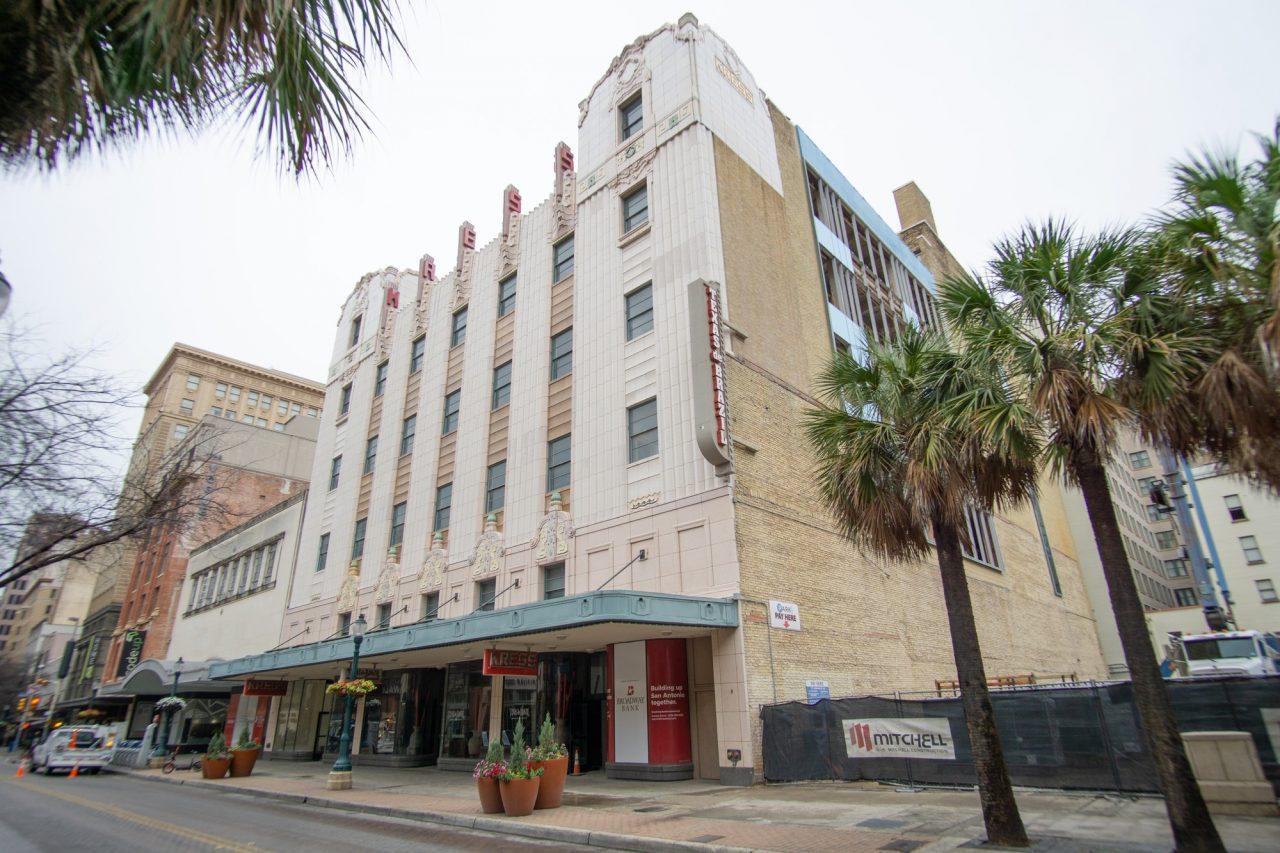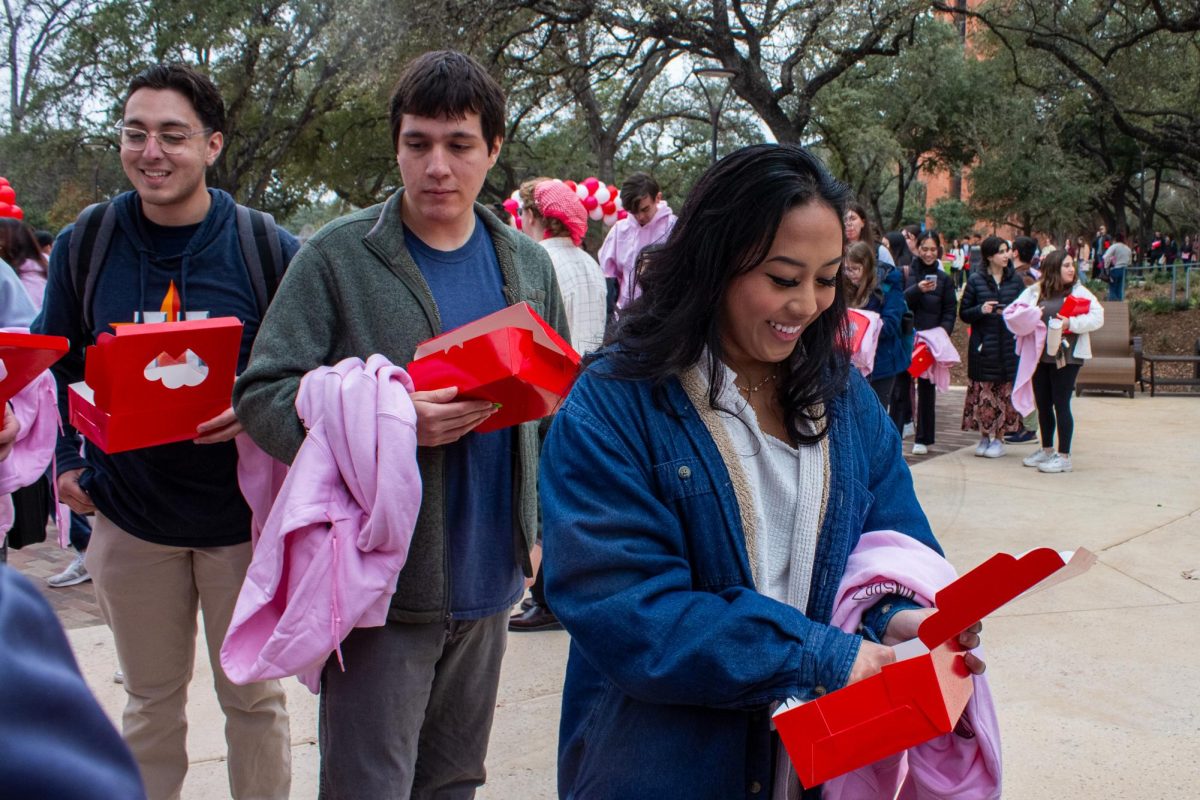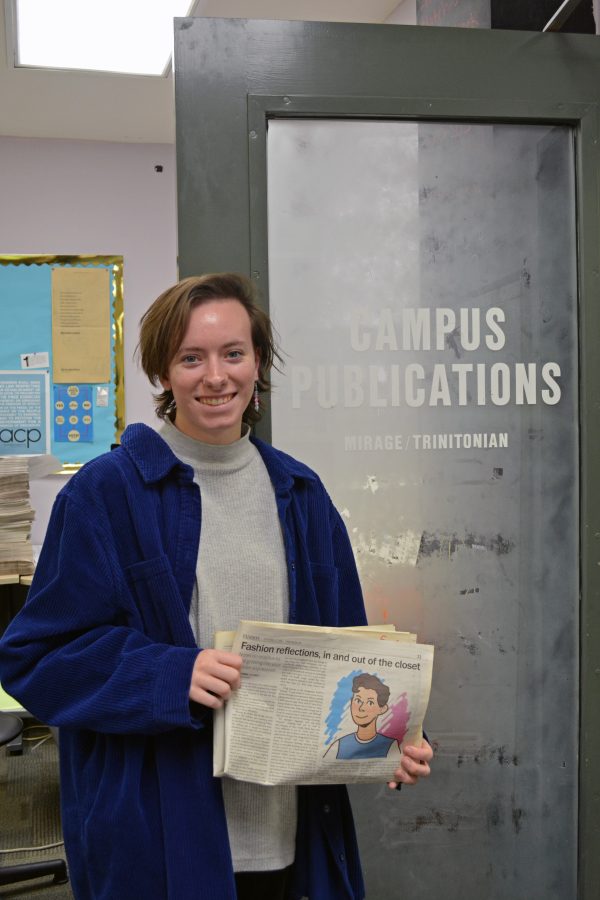Photo by Kate Nuelle
The first floor of the Kress Building, located at 315 East Houston street, is in the process of becoming a civil rights history institute that will aim to tell the story of black members of the San Antonio community and their struggle for civil rights. The project is being spearheaded by Roberto Treviño, San Antonio City Councilor for District 1, and Carey Latimore, associate professor of history at Trinity.
“This effort spun off from the research on the Alamo project, on which CM Treviño worked with Dr. Latimore on the historical analysis of the integration of the lunch counter at the Woolworth Building (which many believed to be the first location to integrate). Once Dr. Latimore identified the Kress Building as the home of the first integrated lunch counter, CM Treviño reached out to Gray Street Partners to discuss a meaningful way to collaborate with Dr. Latimore to tell a complete and accurate story,” said Lawson Picasso, public engagement officer for city council, who worked with Trevino to deliver his responses over email.
The entirety of the Kress building is being renovated, with the exception of the Texas de Brazil restaurant. The building was the site of a major shopping area and will now become a civil rights institute where students can learn about the building’s history, particularly in regards to the integration of black people in the lunch counters that were once an active part of the space. Latimore emphasized that these plans are not concrete and are still in the beginning stage.
“We have an arrangement for a certain amount of space in that building to be used for the creation of an African American institute. We’re working with pursuing that opportunity at this point in time,” Latimore said.
Although the source of funding for the project has yet to be finalized, Picasso said some of their funding sources include the Houston Street Tax Increment Reinvestment Zone and Gray Street Partners, who own and donated the use of the space.
Latimore’s role is more research-based. He has been looking into the civil rights history of the Alamo Plaza and the role it plays in the larger civil rights movement.
“As I was doing a study I figured out that there was a larger story of civil rights. This wasn’t one building, but that seven buildings downtown were integrated, of which five of those buildings were on Houston Street. So it’s not an Alamo Plaza story, it’s really a downtown thing that has a lot to do with the business district of downtown which is Houston Street,” Latimore said.
Latimore said that in order to understand the desegregation of the lunch counters in 1960, his research extends further back than the civil rights era.
“My study really begins in the World War 2 era and looks at the military, the role of the military, the role of the emerging civil rights movement. It kind of puts the desegregation of lunch counters in a historical context of a lot of things happening and building upon itself,” Latimore said.
Duane Coltharp, associate vice president for academic affairs, hopes that the institute can serve as a learning lab.
“We’re not necessarily thinking about a conventional museum space. We can imagine, I want to be really clear that these are just things we’re talking about, but you know, a space that could be used as a classroom, or for lectures, meeting space, that kind of thing. That doesn’t rule out exhibits but it’s not primarily a museum,” Coltharp said.
Coltharp believes the institute will benefit both the immediate Trinity community as well as the broader San Antonio area.
“I’m trying to help us figure out as an administration, what we can commit to, and when, and in what order these steps can occur; and then to try to keep that communication going with people in the community and people in city government so that at some point we all end up in the same place,” Coltharp said.












